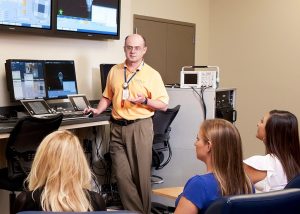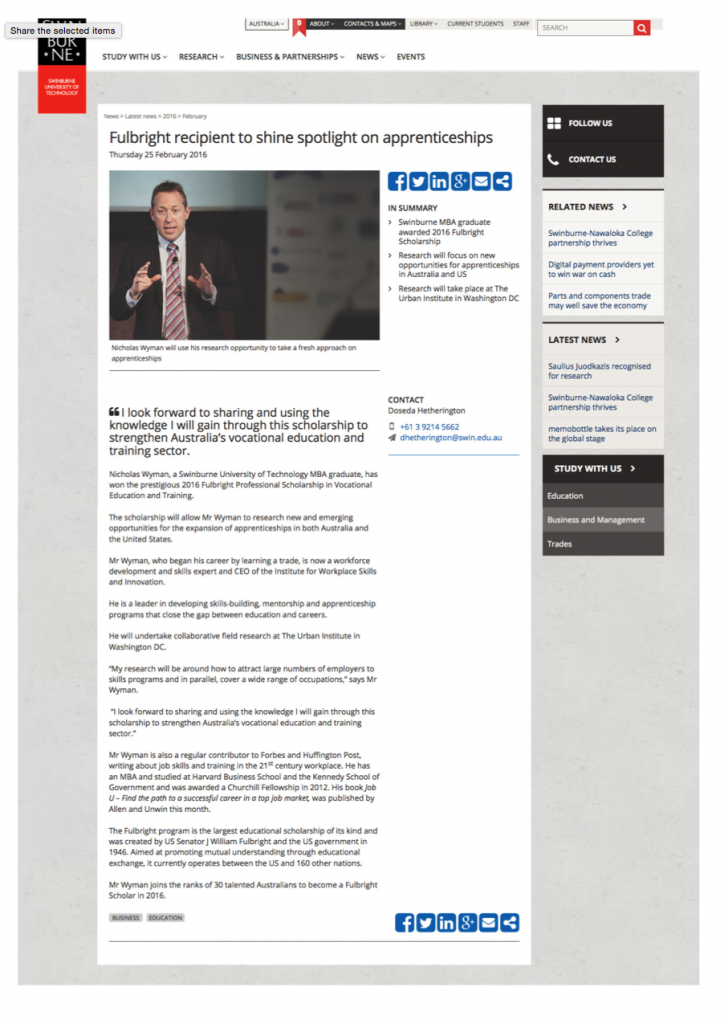![]()
by Nicholas Wyman | Forbes | Jul 13, 2016
We live in the age of technological change. Advances in medical technology give hope each year to millions of people affected by cancer. On a recent trip to Palo Alto California, I went behind the scenes to look at one of the industries most innovative, Varian Medical Systems.
Much of my time was spent with the people at Varian’s proton therapy division. Proton therapy is a type of radiation treatment that precisely targets cancerous tumors, minimizing damage to surrounding tissue. Although the technology has been around for some time, Moataz Karmalawy, Vice President and General Manager of Varian Particle Therapy Division told me there’s been huge growth in the use of proton therapy over the past 5-7 years, largely because of excellent clinical results.
Though only a small percentage of cancer patients are treated with proton therapy, those patients tend to be the most at risk. As I walked through the manufacturing facility, the conversations kept coming back to how this technology can help patients, but I wanted to know more about the people behind it. I wanted to know what it takes to build, maintain and run Varian’s complex machines.

Instructor trains radiation therapists on TrueBeam technology at Varian in Palo Alto, California (Credit: image supplied Varian Medial Systems)
“Typically, people who come to Varian have at least an Associate’s Degree and some mechanical experience, often an electronics background,” Wendy Scott Senior Vice President, Chief HR Officer told me. “Some have a physics background as well. But we don’t necessarily require a four-year degree for positions that are involved in building, installing and maintaining our equipment.”
Scott notes that Varian hires a lot of people out of the military, both to build and service the equipment. “Military people just have the right background – they have experience working with large pieces of equipment. And they have the basics, mechanical and electronics skills – a hands-on skills set.”
away from the mechanical side to the electronics side. The work is more electronics-based, more software-based. There is more interfacing with products outside of Varian, which really makes those skills more important.”
Read the full Article here:
http://www.forbes.com/sites/nicholaswyman/2016/07/13/winning-combination-how-technology-and-skills-are-taking-up-the-fight-against-cancer/2/#5fc98347568f





